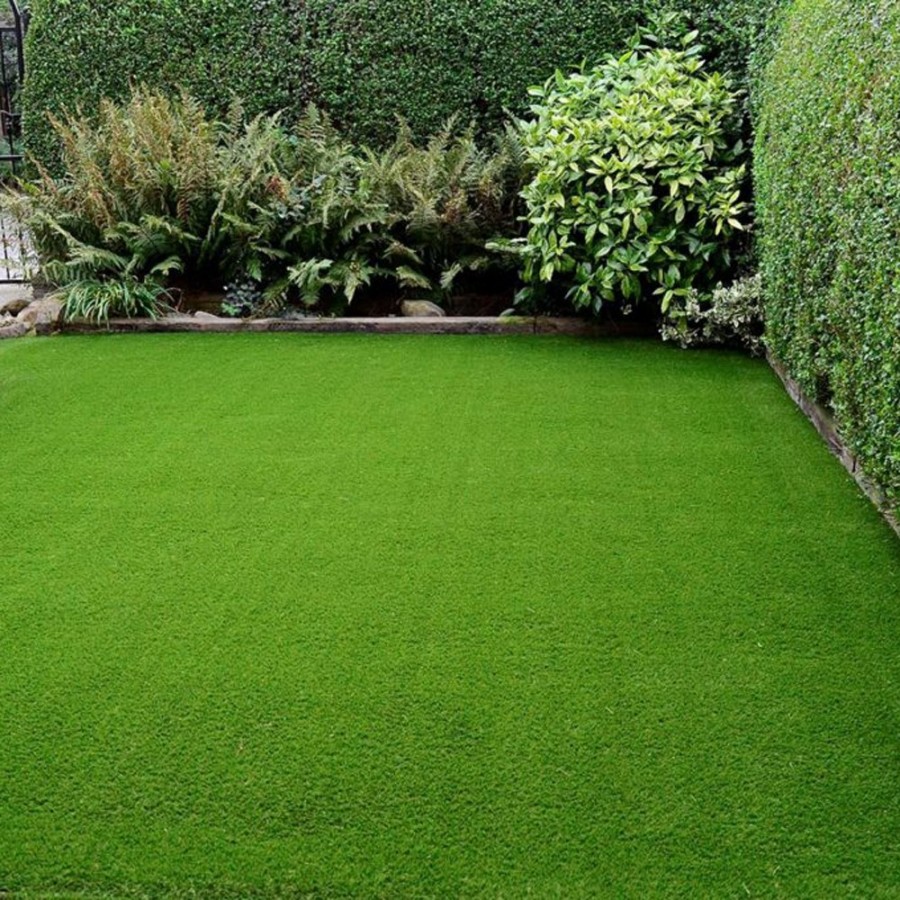People are constantly looking for ways that their personal choices can make a difference to our environment, and through cutting down greenhouse gas emissions to saving biodiversity, synthetic turf can make a huge difference. Standard grass lawns often results in wasted water and toxic gardens through watering plus the use of inorganic sprays and herbicides. Synthetic grass is a chance to lower your carbon dioxide footprint, lessen your water usage, and offer protection to nearby wildlife- with one life-style change.
Conserves Water
In an effort to look after regular grass lawns recurrent watering is essential, especially through Summer months, and this significant water usage has negative impacts on the environment. One of the benefits of artificial turf is that minimal to no watering is needed to keep it looking great. Artificial turf doesn’t dry out or die with the scorching heat like regular grass, and so with specialists like, it is not necessary to waste precious water resources on grass lawns.
Saving resources like water has become more valuable and really should contribute to your decision concerning grass. Artificial grass lawns is only going to call for hosing down if debris or dirt must be cleared, and in most cases a little bit of rain will do this job for you!
Minimizes Carbon Footprint
If cutting your carbon footprint is significant to you then artificial turf will be the path to take. The lower maintenance that it requires makes certain that very little equipment is needed- no mowers, grass cutters, or scarifiers required, which all use fossil fuels. Synthetic grass remains trimmed and weedless from the minute it’s put in, which will mean you don’t need to depend upon any kind of harmful lawnmowers or trimmers.
Click here for extra information www.artificialgrassmaintenance.co.uk
Not using these devices will reduce your petroleum and diesel usage, and thereby minimize greenhouse gas emissions.
No Toxic Outdoor Areas
Grass demands the use of fertilisers, pesticides, and other harsh chemicals to kill weeds and to keep your grass looking fresh. In addition to being made from materials such as fossil fuels (further increasing greenhouse gas emissions), you can run the risk of your grass becoming toxic. This creates a dangerous environment, especially for pets and children.
No Poisonous Run-off
 Yet another negative aftereffect of applying harsh chemicals on grass is harmful contaminated run-off that happens when it rains. The rain carries the harmful chemicals that are on the grass across surface areas and can wind up in local aquatic systems, including ponds and streams, in some instances killing the aquatic life. Substantial levels of poisonous chemical contaminants running into aquatic habitats also can lead to algal blooms, which unfortunately drastically decreases the oxygen levels within the water. The fish may then get sick and/or die-off, resulting in a population decline, and cutting local biodiversity.
Yet another negative aftereffect of applying harsh chemicals on grass is harmful contaminated run-off that happens when it rains. The rain carries the harmful chemicals that are on the grass across surface areas and can wind up in local aquatic systems, including ponds and streams, in some instances killing the aquatic life. Substantial levels of poisonous chemical contaminants running into aquatic habitats also can lead to algal blooms, which unfortunately drastically decreases the oxygen levels within the water. The fish may then get sick and/or die-off, resulting in a population decline, and cutting local biodiversity.
Oftentimes these agal blooms can also become harmful to humans given that they bring about bacteria growth and heightened contaminant concentrations in water. This can cause website visitors to become ill when they encounter the dirty water, through either consuming the polluted water or eating contaminated fish.
Artificial grass does not have any need for any harsh chemical contaminants and offers a solution to the harmful effects of sustaining regular grass.

